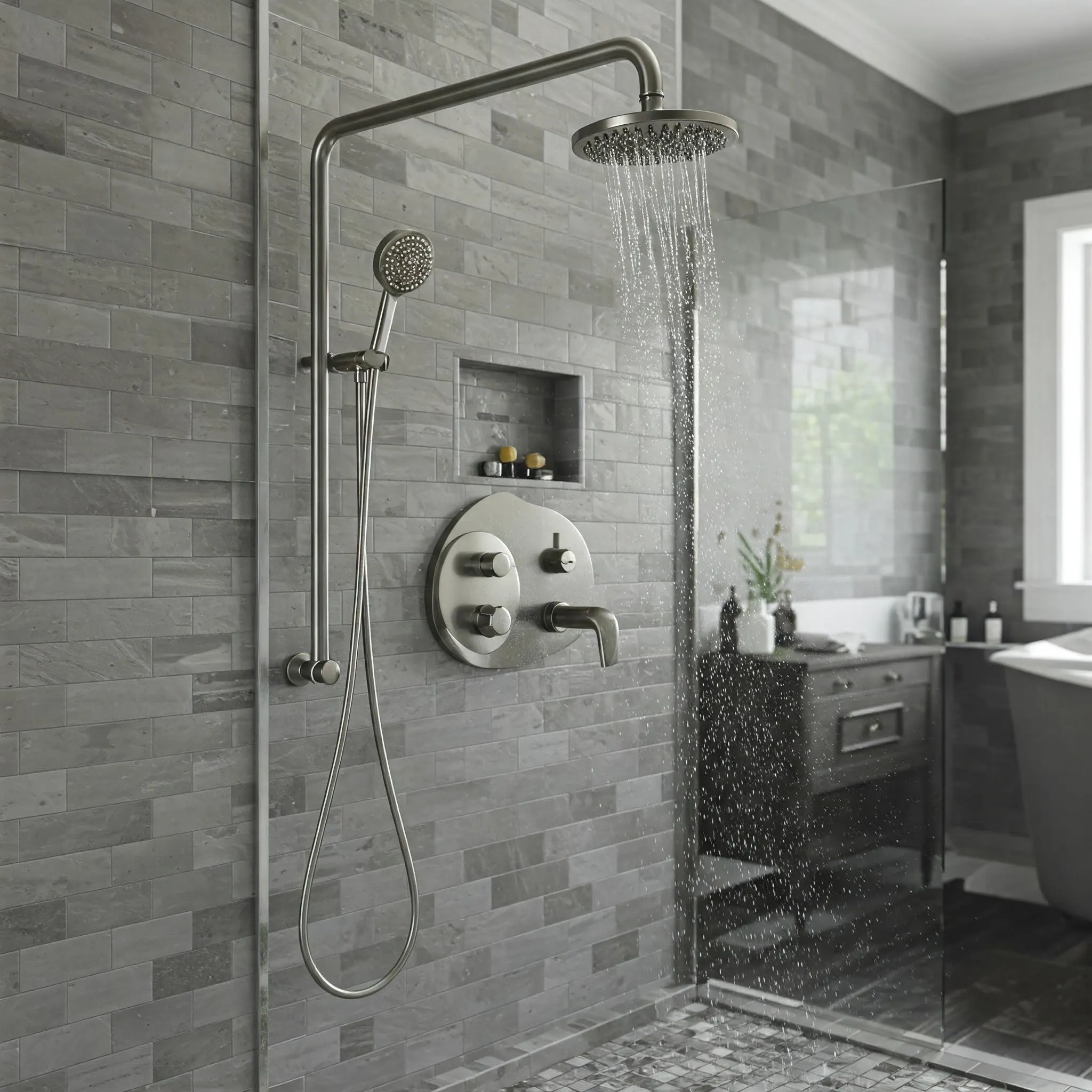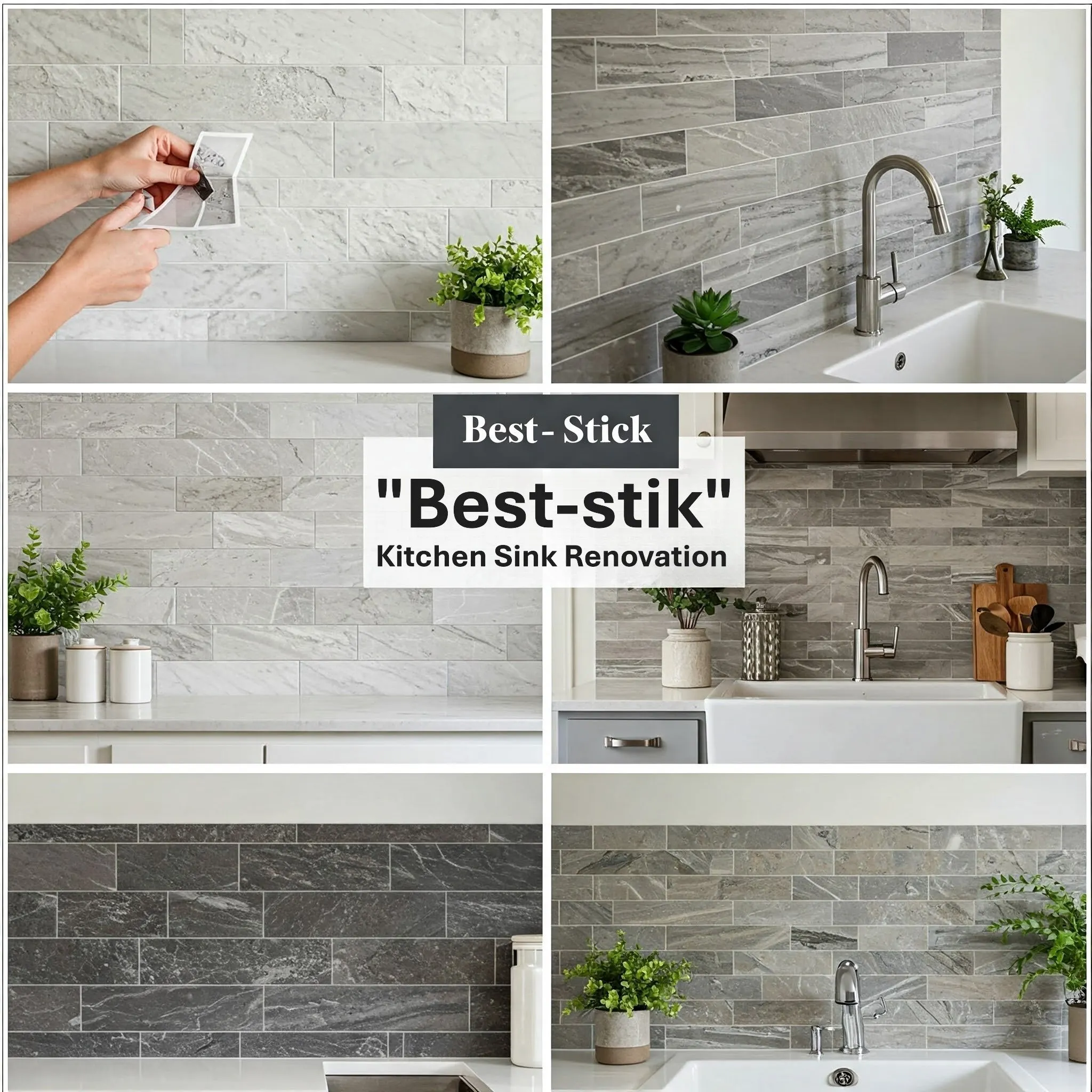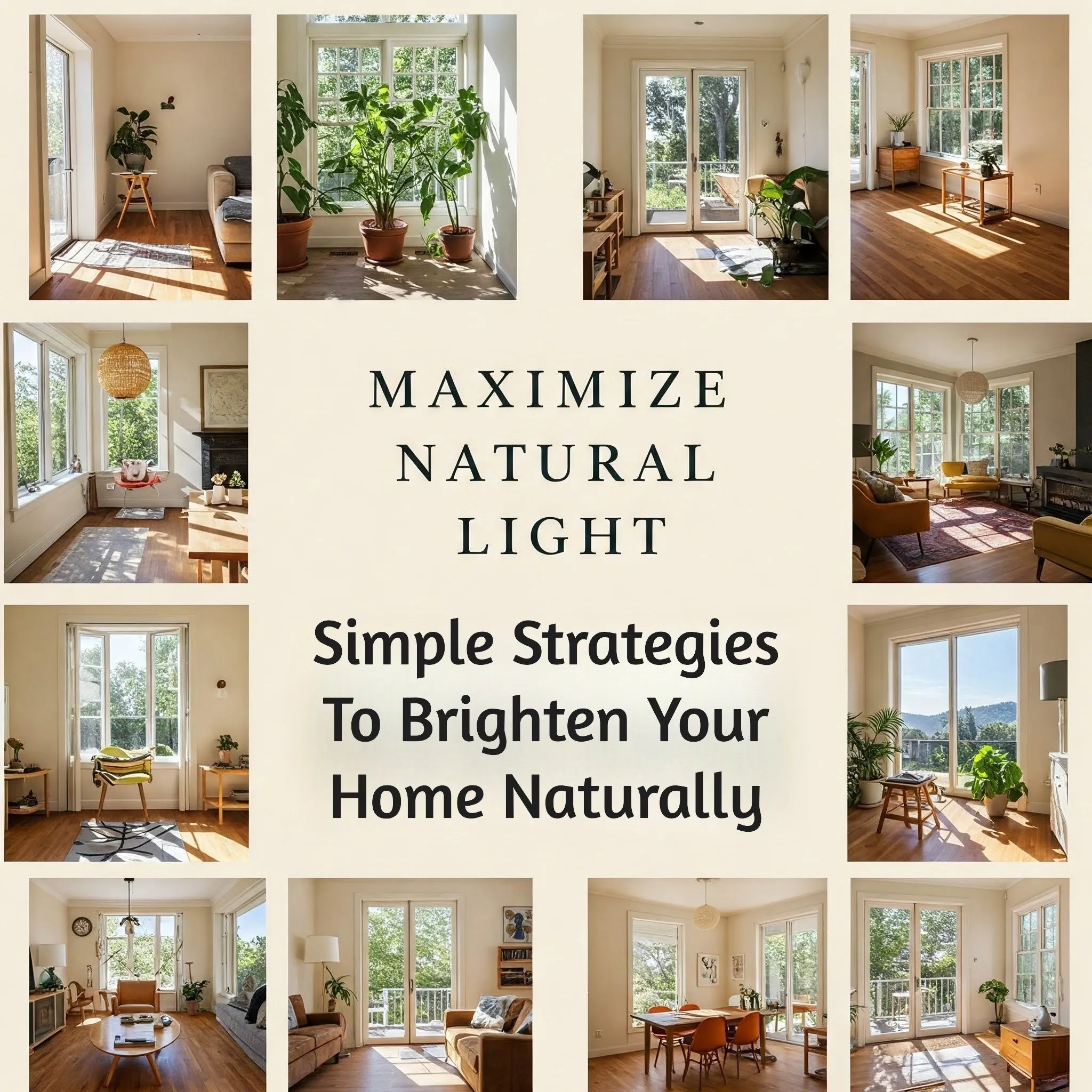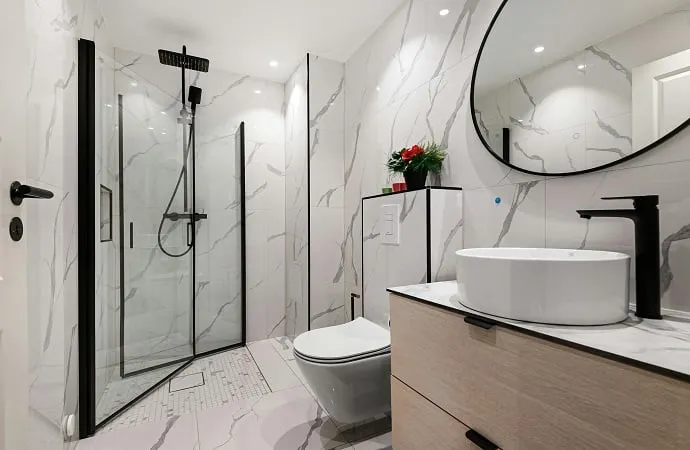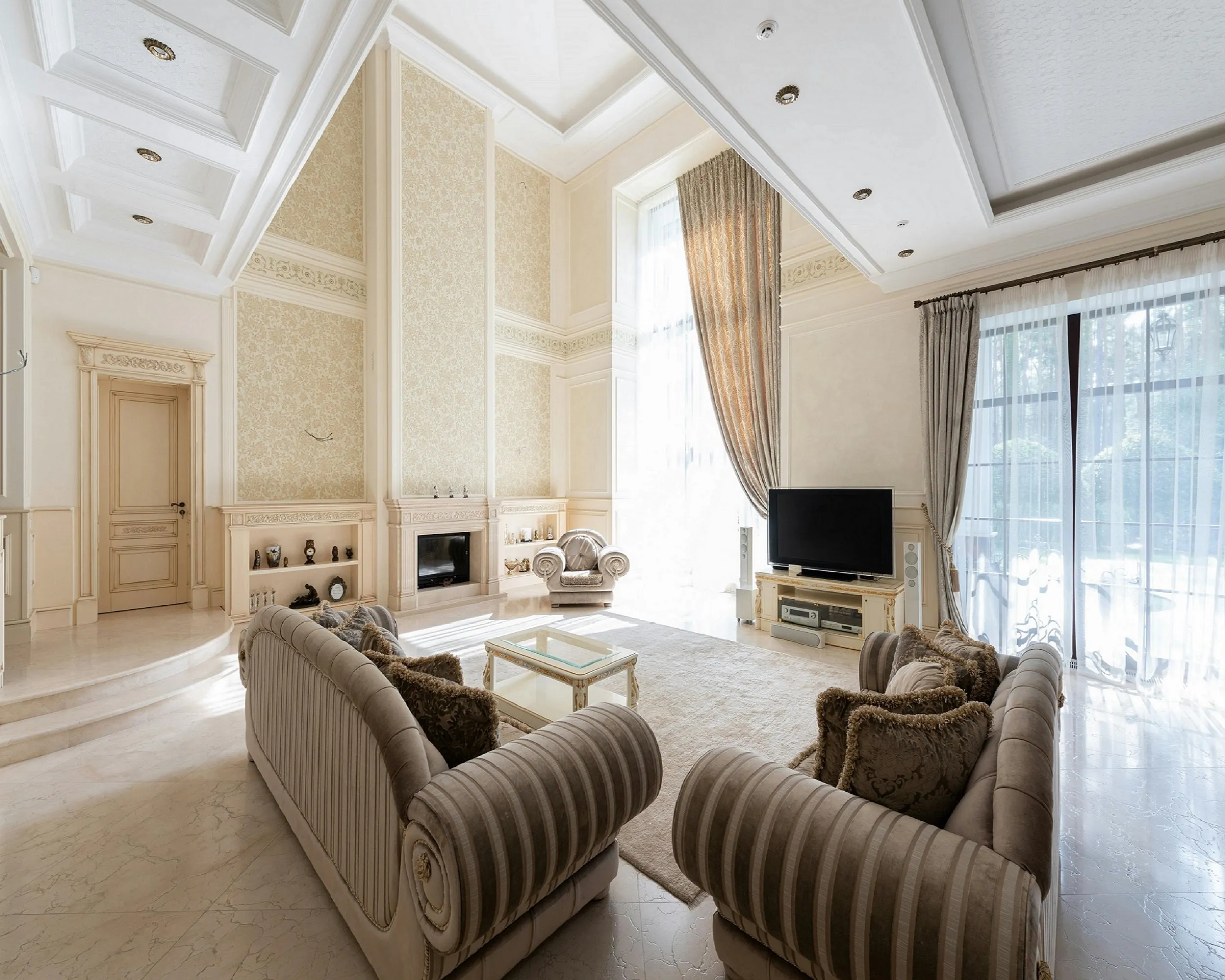Maximize Natural Light: Simple Strategies to Brighten Your Home Naturally
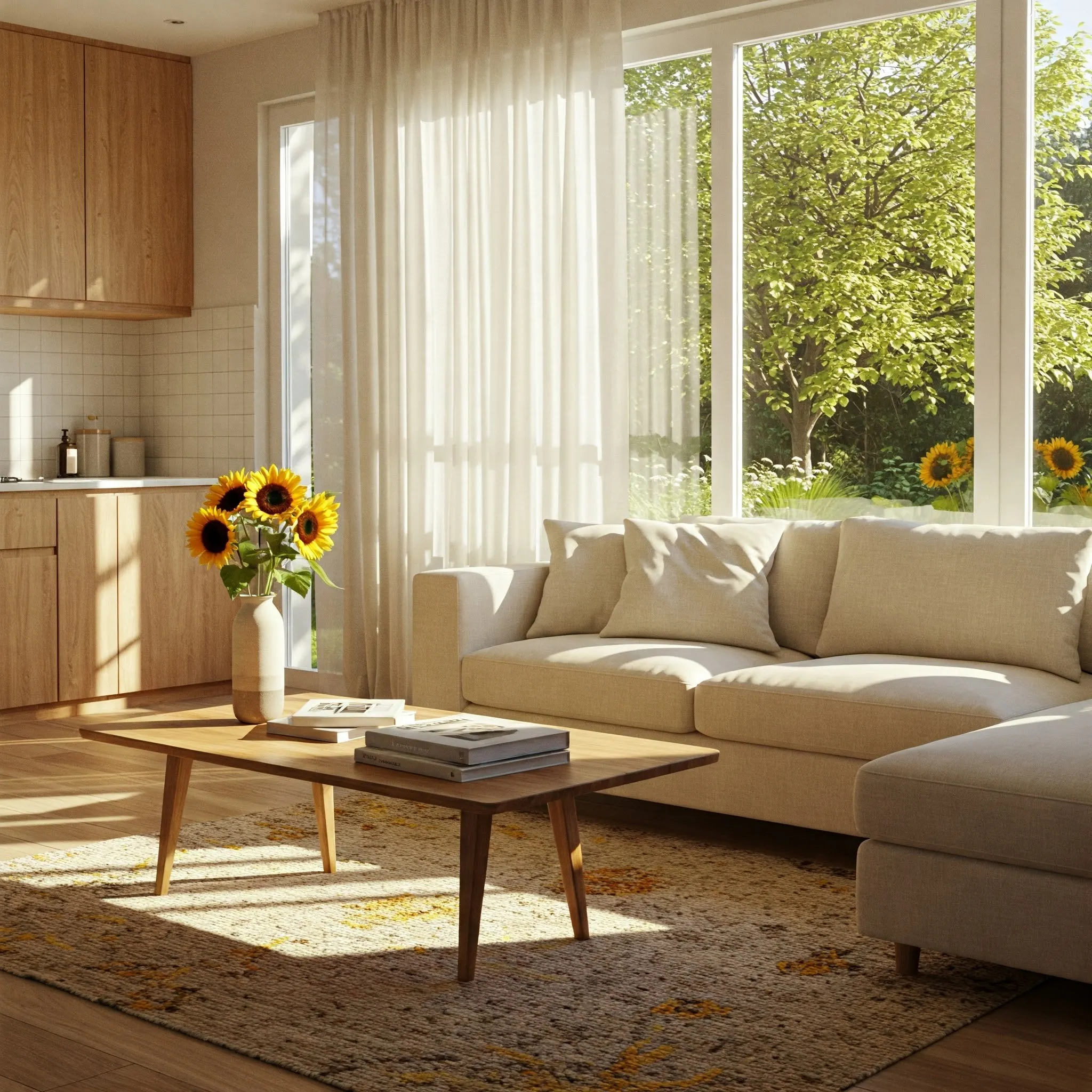
"Please be advised that we may receive compensation from the products featured on this page, and we participate in affiliate programs. Learn More ›"
Bringing the radiant energy of natural light into your living spaces isn't just a matter of aesthetics; it's an investment in your well-being and a smart way to reduce your reliance on artificial illumination. The gentle warmth and brightness of sunlight can elevate your mood, enhance productivity, and even make your home feel more spacious and inviting. Fortunately, harnessing this free and abundant resource doesn't require a major overhaul. With a few clever tweaks and mindful adjustments, you can transform your home into a sun-drenched sanctuary. Let's explore some brilliant ideas to flood your interiors with glorious natural light.
====================================================================
Strategic Use of Mirrors to Amplify Daylight

One of the most time-tested and effective techniques for maximizing natural light is the strategic placement of mirrors. These reflective surfaces act like miniature sunbeams, capturing the existing light and bouncing it around your rooms, effectively doubling its impact. Think of it as creating new pockets of brightness where they might not naturally occur. Positioning a large mirror opposite a window is a classic trick for a reason – it visually expands the space and creates the illusion of a larger, brighter window. Experiment with different sizes and shapes of mirrors in various locations. A collection of smaller decorative mirrors can also work wonders in scattering light across a wall. Beyond traditional mirrors, consider other reflective elements in your décor. Shiny metal accents, glass tabletops, and even glossy picture frames can contribute to this light-enhancing effect. Remember to keep these surfaces clean to maintain their reflective power and maximize their ability to brighten your home.
====================================================================
Choosing the Right Window Treatments for Optimal Light Flow

Your window treatments play a crucial role in controlling the amount of natural light that enters your home. While heavy, opaque curtains might offer complete privacy and darkness, they can significantly hinder the flow of daylight. The key is to select options that provide the privacy you need without sacrificing precious sunlight. Sheer curtain panels in light and airy fabrics like linen or cotton are excellent choices. These materials allow diffused light to filter through, bathing your rooms in a soft, gentle glow while still offering a degree of visual separation from the outside world. Consider layering sheer curtains under heavier drapes or blackout curtains. This gives you the flexibility to adjust the level of light and privacy throughout the day. During daylight hours, you can keep the heavier curtains open and rely on the sheers to soften the light and maintain privacy. It's also wise to avoid window treatments that block light even when fully opened, such as certain types of Roman shades that stack up and obstruct a portion of the window. Opt for styles that can be completely pulled aside or rolled up to provide an unobstructed view and maximum light penetration.
====================================================================
The Importance of Clean Windows for Maximum Natural Illumination

This might seem like an obvious point, but the impact of clean windows on the amount of natural light entering your home is often underestimated. Over time, dust, grime, and even water spots can accumulate on your windowpanes, acting as a barrier that significantly reduces the amount of sunlight that can pass through. Regularly cleaning your windows, both inside and out, can make a surprisingly big difference in the brightness of your interiors. Don't forget to also clean your window blinds, shutters, and even lampshades and light bulbs, as these can also collect dust and dim the light in your rooms. For a streak-free finish when washing windows, try doing it on a cloudy day, as direct sunlight can cause cleaning solutions to dry too quickly, leaving behind unsightly streaks. This simple maintenance task can significantly enhance the natural light levels in your home and make your spaces feel much more vibrant and welcoming.
====================================================================
Selecting the Perfect Paint Colors to Enhance Natural Light
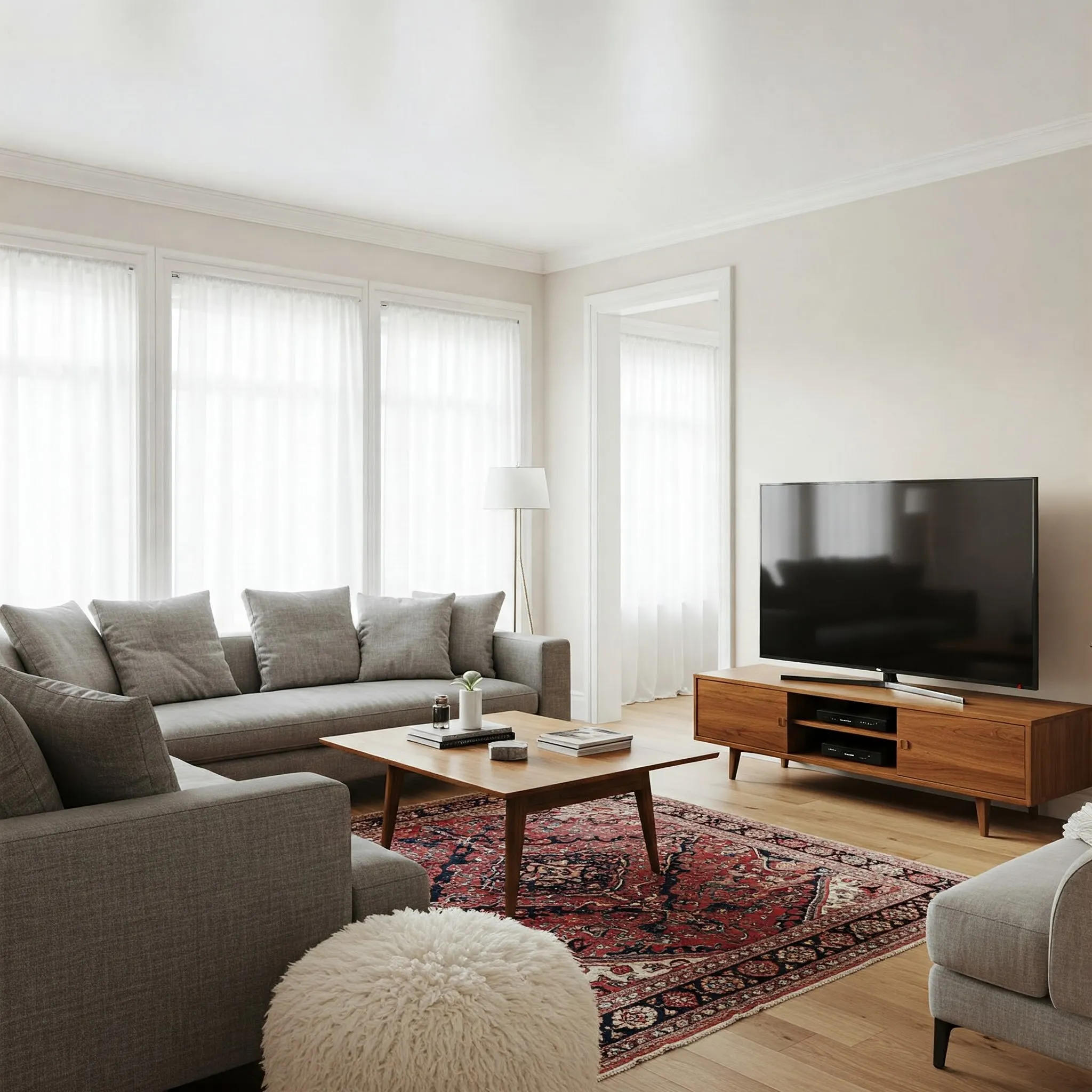
The colors you choose for your walls and ceilings have a profound effect on how light interacts within your rooms. Lighter colors are naturally more reflective, meaning they bounce natural light around the space, making it feel brighter and more open. Conversely, darker colors tend to absorb light, which can make a room feel smaller and dimmer. If your goal is to maximize natural light, opting for a palette of light and neutral tones like white, off-white, cream, light gray, or pale pastels is a smart choice. Even if you prefer a darker color scheme, you can still incorporate lighter shades on key surfaces like the ceiling to help reflect ambient light down into the room. The finish of your paint also plays a role. Shinier finishes, such as satin or high-gloss, are more reflective than matte finishes. This is particularly true for ceiling paint. A white ceiling with a satin or high-gloss finish can significantly enhance the feeling of brightness in a room by reflecting the natural light coming in from the windows.
====================================================================
Transforming Your Home with Skylights and Structural Adjustments
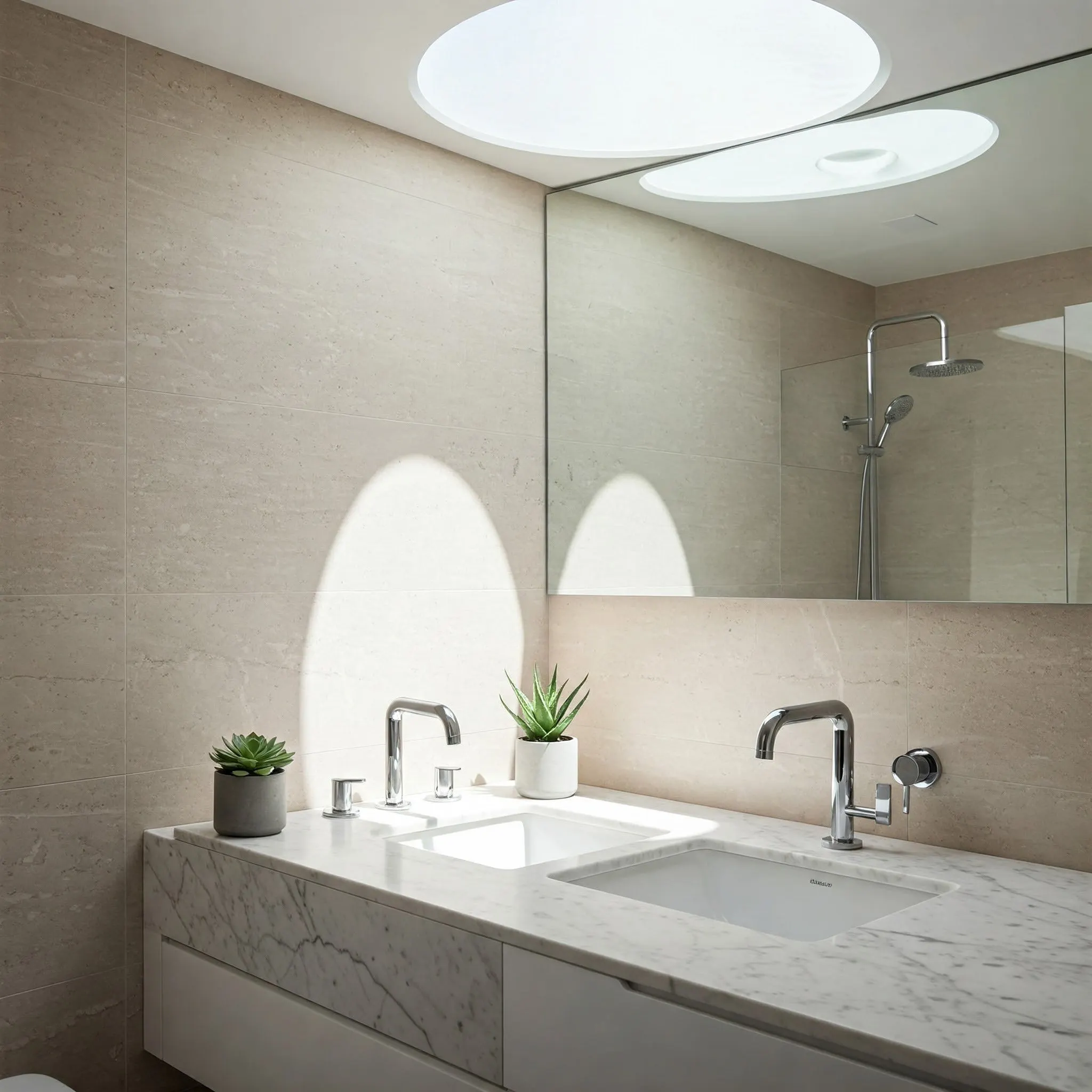
For a more significant boost of natural light, consider making structural changes to your home, such as adding skylights or sun tunnels. Skylights are a fantastic way to bring direct sunlight into rooms that might otherwise feel dark, and they can also help reduce your reliance on artificial lighting during the day, leading to energy savings. Dimly lit areas like bathrooms, hallways, and even kitchens can be dramatically transformed by the addition of a skylight. For spaces where a traditional skylight might not be feasible, consider tubular skylights, also known as sun tunnels. These relatively easy-to-install devices consist of a dome on the roof that captures sunlight and directs it down a reflective tube into a diffuser installed in the ceiling. They can bring a surprising amount of natural light into even small, interior spaces. While these options involve a more significant investment and potentially some construction work, the dramatic increase in natural light can be well worth the effort.
====================================================================
Smart Furniture Arrangement to Maximize Natural Light Penetration
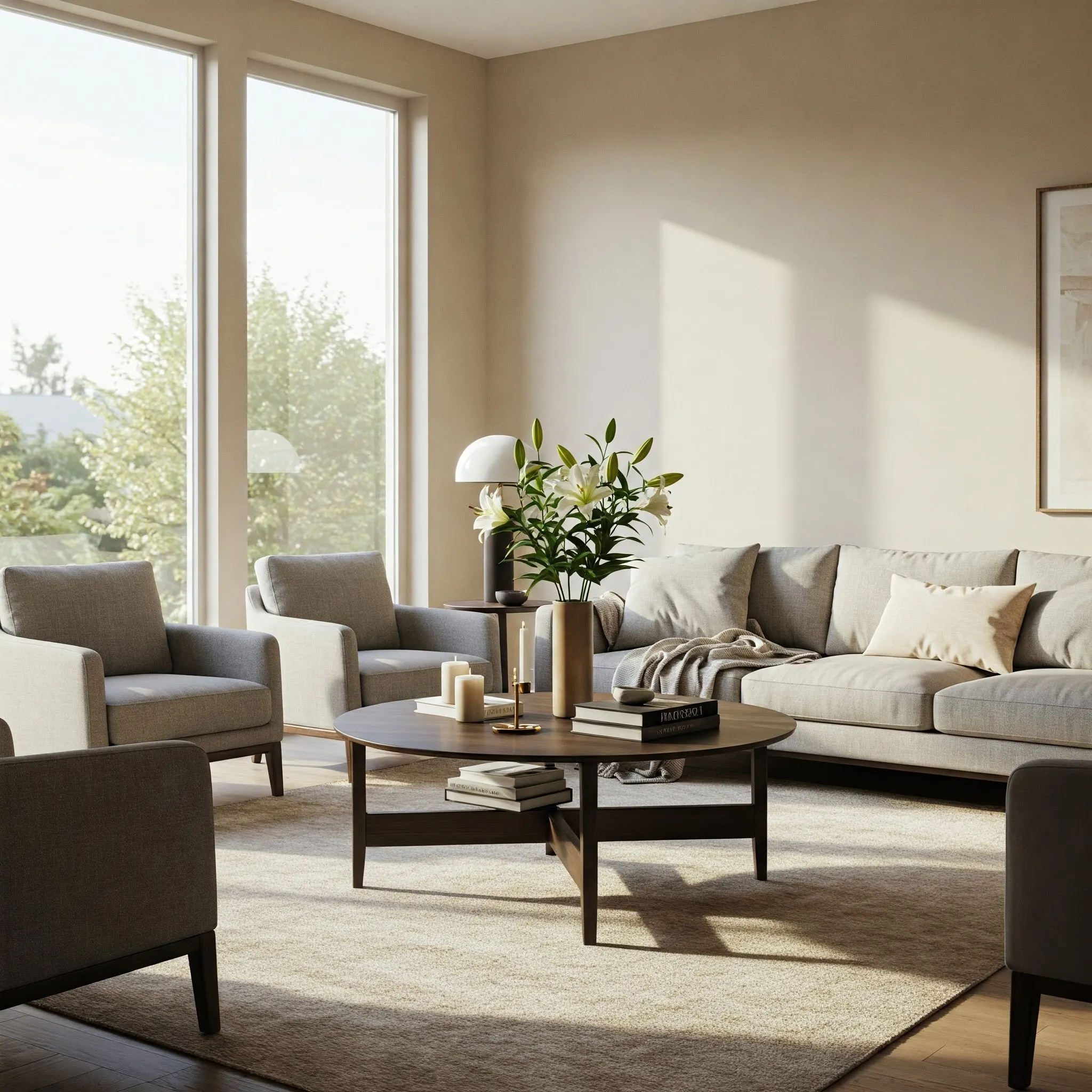
The way you arrange your furniture can inadvertently block or enhance the flow of natural light within your home. Be mindful of the placement of large pieces of furniture, such as sofas, bookshelves, and cabinets, and ensure they are not positioned directly in front of windows, obstructing the incoming sunlight. Instead, try to arrange your furniture in a way that keeps natural light sources as open and unobstructed as possible. Consider placing larger pieces towards the center of the room, allowing light to flow around them. Even smaller items on a windowsill can surprisingly block a significant amount of light. Decluttering your windowsills and keeping them relatively clear will allow more natural light to enter the room. Think about the height of your furniture as well. Lower-profile furniture can help to create a sense of openness and allow light to travel further into the room.
====================================================================
Enhancing Natural Light Through Doorway Modifications
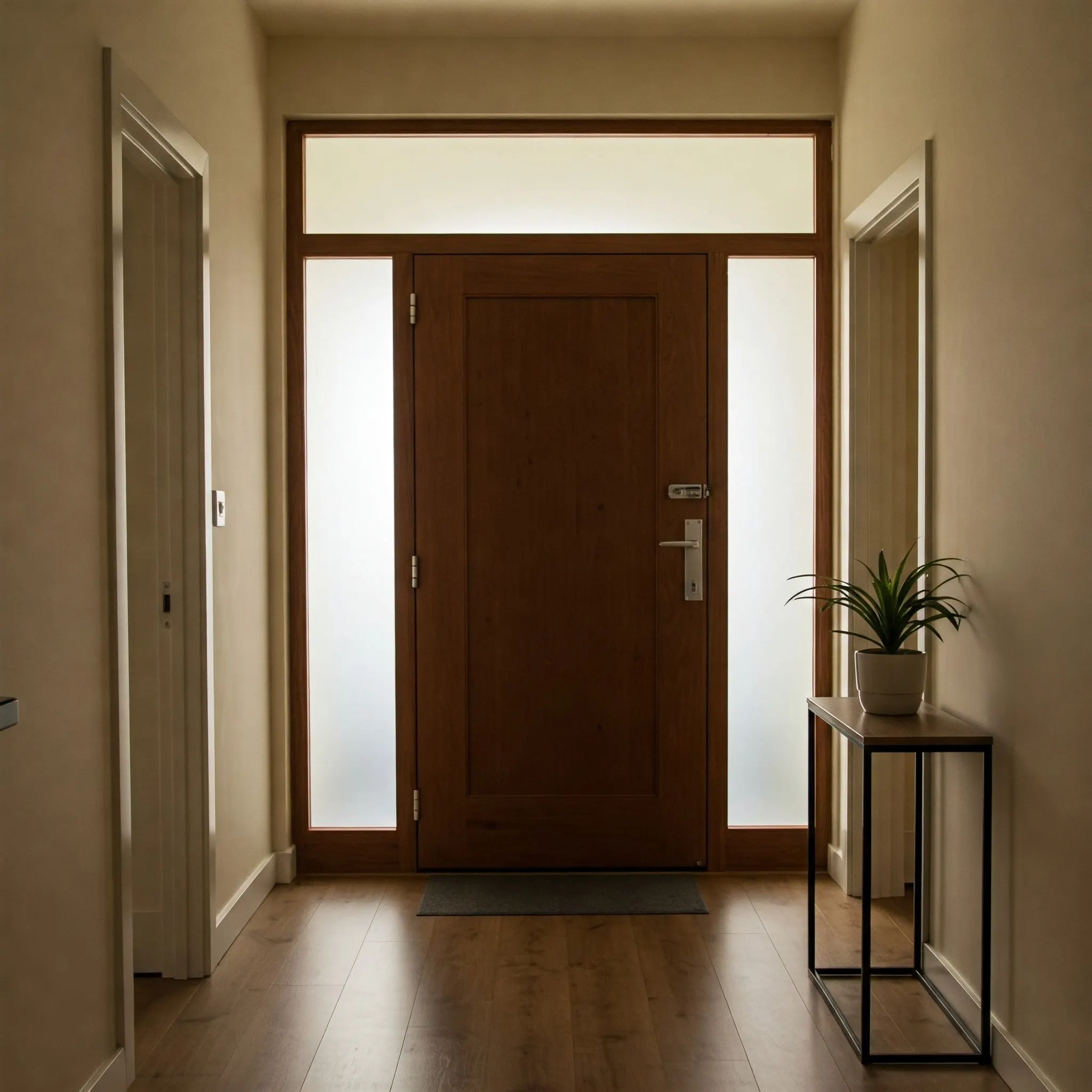
Don't overlook the potential of your doorways to contribute to the overall natural light levels in your home. If you have solid exterior doors, consider swapping them for doors with window panels. This can allow natural light to filter into entryways and hallways, which are often darker areas. Frosted glass panels can provide privacy while still allowing light to pass through. Another option is to install a glass storm door over your existing solid door. This allows you to keep the main door open during pleasant weather, letting in plenty of light and fresh air, while still having a barrier for security and insulation. Even interior doors can play a role. Consider using doors with glass panels between rooms to allow natural light to flow more freely throughout your home. This can be particularly effective in connecting darker interior spaces with brighter, windowed rooms.
====================================================================
Extending Your Light Optimization Efforts Outdoors
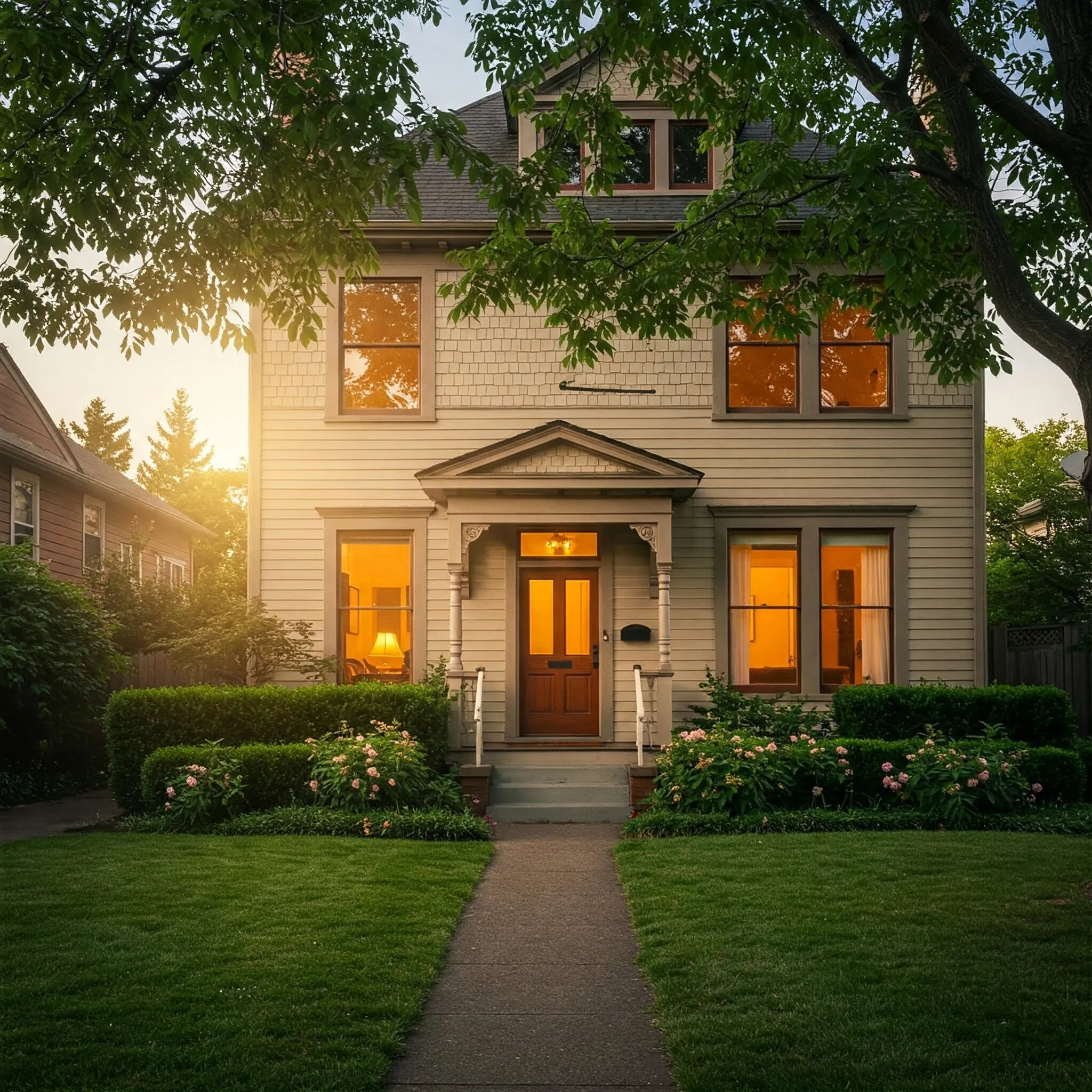
Finally, remember that maximizing natural light inside your home starts with paying attention to your outdoor surroundings. Overgrown trees, shrubs, and hedges near your windows can significantly block sunlight from entering your home. Regularly trimming back any foliage that obstructs your windows will allow more natural light to reach your interiors. Also, consider the placement of outdoor furniture, such as porch swings and patio sets. If these items are positioned in a way that casts shadows over your windows during key parts of the day, you might want to consider rearranging them to minimize the obstruction of natural light. By taking these simple steps to maintain your outdoor spaces, you can further enhance the amount of natural light that brightens your home.
====================================================================
Final Thoughts

Bringing more natural light into your home is a rewarding endeavor that can significantly improve the ambiance and feel of your living spaces. By implementing these bright ideas, from strategically placing mirrors to making thoughtful choices about window treatments and paint colors, you can transform your home into a brighter, more inviting, and energy-efficient haven. Remember that even small changes can make a noticeable difference, and by combining several of these techniques, you can maximize the natural light potential of your home.
====================================================================
Key Takeaways
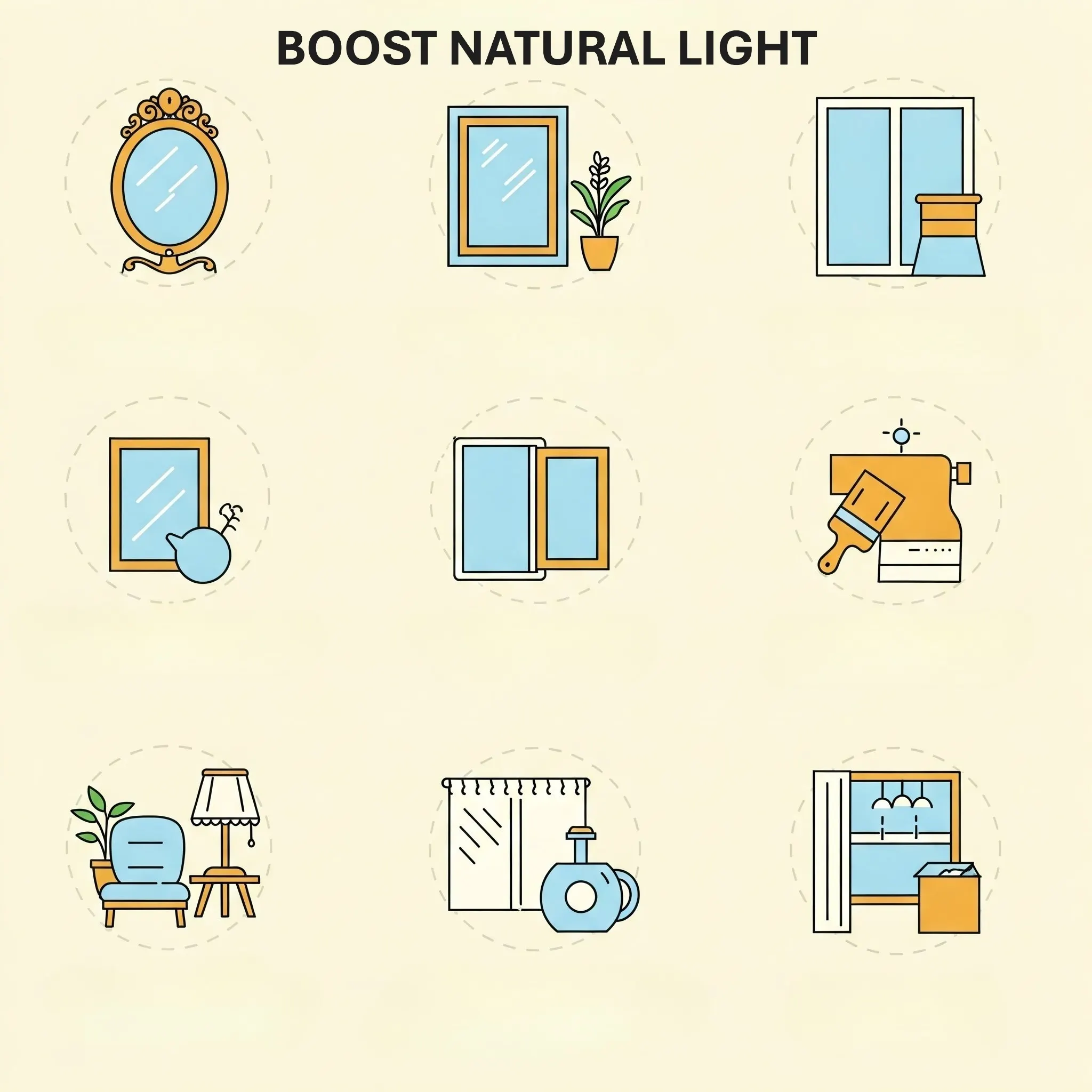
- Reflect Light: Utilize mirrors and other shiny surfaces to bounce light around your rooms.
- Optimize Window Treatments: Choose sheer curtains or layered options to balance privacy and light.
- Keep Windows Clean: Regularly clean windows to remove dirt and grime that block sunlight.
- Choose Light Paint Colors: Opt for light and reflective paint colors for walls and ceilings.
- Consider Structural Changes: Explore skylights or sun tunnels for a significant light boost.
- Arrange Furniture Strategically: Position furniture to avoid blocking windows.
- Modify Doorways: Consider doors with glass panels to allow light to flow through.
- Maintain Outdoor Spaces: Trim hedges and branches to ensure unobstructed sunlight.











